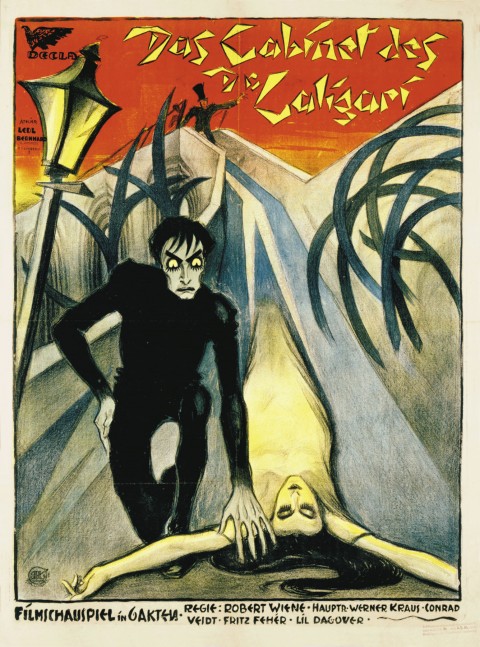This week, the Guardian’s Zoe Williams profiled Ryan Holiday, a one-time public-relations whiz-kid who’s reinvented himself over the past decade as a speaker for the dead: specifically Epictetus, Seneca, and above all Marcus Aurelius, the figureheads of the ancient school of philosophy we now know as Stoicism. It “centers on four virtues: courage, temperance, justice and wisdom,” Williams writes. “Marshaling these will give you complete self-control, enabling you to react with equanimity to all outside stimuli, and not whine about stuff.” Wealth “should mean nothing to the stoic, which makes it ironic that some of the richest people on Earth claim to live by stoicism.”
That last line comes as an obvious jab at Holiday’s popularity among not just sports stars and celebrities but big money-makers in Silicon Valley as well. But then, Stoicism was meant to work for anyone, no matter their socioeconomic status: Epictetus was a slave, after all, while Marcus Aurelius ruled over the Roman Empire. And it is Marcus’ collected writings the Meditations (available free as an eBook or audiobook) that inspired Holiday’s video above from his Youtube channel Daily Stoic. In it, he presents “nine Stoic rules for a better life,” opening with an exhortation that “life is short: do everything as if it was the thought or action of a dying person.”
The rules begin with “put people first,” which Marcus once demonstrated as a leader by selling off the imperial palace’s finery during the economic hardships of the Antonine Plague. Second, “another path is always open” — or, as expressed in the title of Holiday’s first book about Stoicism, “the obstacle is the way.” Even if you feel stuck, “you always have the opportunity to practice virtue, practice excellence, to change in some form or another based on what’s happening.” Third, “take it step by step”: familiar advice, perhaps, but a welcome reminder that what stops us from beginning a project or process of change is never a lack of information, but a simple lack of action.
Fourth, “discard your anxiety,” which may feel caused by outside circumstances, but in Marcus’ view, comes wholly from inside ourselves; Holiday speaks of Marcus’ declaration that he “discarded anxiety because it was within me.” Fifth, “well begun is half done” — or as they put it in Korea, where I live, “the start is half.” No matter where in the world you happen to be, you can put into practice Holiday’s practical interpretation of this rule: get up early in the morning so as to “own the day from the beginning,” just as Marcus did. Sixth, “be strict with yourself,” even as you remain tolerant with others: “leave everyone else and their mistakes and their way of doing things to them.”
Seventh, “don’t resent people,” even if, like Marcus, you don’t particularly like them. Your enemies offer you a hidden opportunity to “be good in spite of other people, to be just in the face of injustice, to be temperate in the face of intemperance that’s being rewarded. Eighth, “ask yourself, ‘Is this essential?’ ” Whether you’re a Roman emperor or a twenty-first century “knowledge worker,” life tends to fill up with pressing but not ultimately important tasks, at least without constant vigilance about how much they really matter. Ninth, keep these three mantras in mind: “Amor fati,” or “embrace your fate”; “It’s about what you do for other people”; and “Memento mori,” or “remember that death is inevitable.” The original Stoics have been gone for coming on two millennia now, but they still set an example for us today. How many of us can foresee the same for ourselves?
Related content:
What Is Stoicism? A Short Introduction to the Ancient Philosophy That Can Help You Cope with Our Hard Modern Times
The Stoic Wisdom of Roman Emperor Marcus Aurelius: An Introduction in Six Short Videos
An Animated Introduction to Stoicism, the Ancient Greek Philosophy That Lets You Lead a Happy, Fulfilling Life
How to Be a Stoic in Your Everyday Life: Philosophy Professor Massimo Pigliucci Explains
Three Huge Volumes of Stoic Writings by Seneca Now Free Online, Thanks to Tim Ferriss
Based in Seoul, Colin Marshall writes and broadcasts on cities, language, and culture. His projects include the Substack newsletter Books on Cities and the book The Stateless City: a Walk through 21st-Century Los Angeles. Follow him on Twitter at @colinmarshall or on Facebook.


